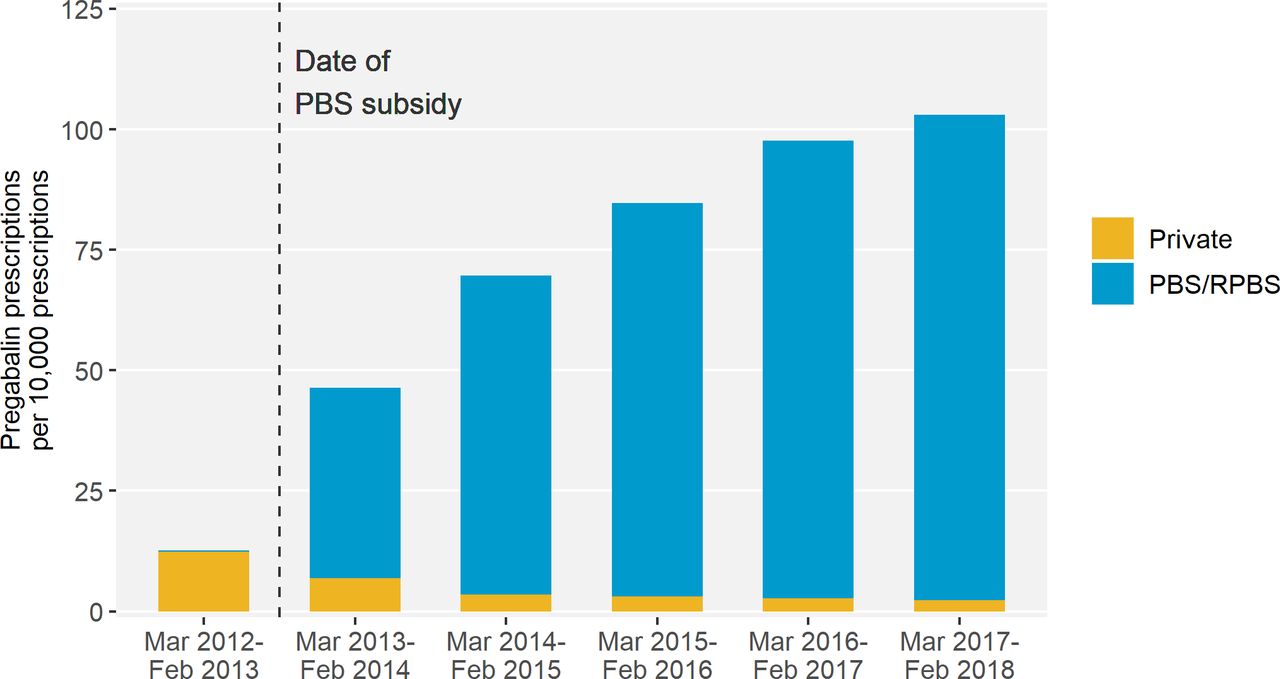Research shows this SLGT2 inhibitor may reduce stones in people with diabetes, though how is unclear.
Kidney stones (urolithiasis) are commonly seen in primary care, with some 4–8% of Australians experiencing them at some time.1 This risk is increased with factors such as family history and older age,1 urinary factors, dietary factors, and the use of some medicines.2 There is also a high risk of recurrence, particularly for people with early onset, family history, stones associated with medical conditions, anatomical abnormalities, or previous or concurrent renal calculi.3
Pain is often the first sign of kidney stones (for example, when the stones initially pass into the ureter), though asymptomatic kidney stones may be diagnosed with imaging of the abdomen.4
There are four main types of kidney stone, with the most common being made of calcium oxalate (70–80%) and calcium phosphate (15%).1,2,5 The remaining are struvite stones (1%), which are mostly caused by urine infections; uric acid stones (8%), which are often softer than other forms of stones; cystine stones (1–2%), which are rare and hereditary; and miscellaneous (<1%).1,5
Certain measures are applicable to all types of kidney stone to help reduce the risk1 and prevent recurrence – particularly for people with established kidney stone disease.6 These include diet and lifestyle modifications such as sufficient fluid intake, limiting sodium, increasing fruit and vegetables, and weight loss.1,6
There are also additional specific preventive measures for each of the different type of kidney stone.6 Sometimes, pharmacological options to help correct urine chemistries are needed for specific metabolic abnormalities (for example, thiazide diuretics to reduce urine calcium, allopurinol for high urine uric acid, and potassium citrate or potassium bicarbonate for low urine citrate).6
A recently published observational study looked at the incidence of kidney stones – that is, ‘urinary tract stone events’– which were reported as adverse events during placebo-controlled clinical trials of empagliflozin,5 as diabetes is a risk factor for kidney stones.2,5
The data was from 20 phase 1–4 trials totalling 15,081 people with type 2 diabetes, and compared outcomes of empagliflozin at either 10 mg or 25 mg (n = 10,177) against a placebo (n = 4904). The median exposure to the placebo was 543 days, and 549 days for empagliflozin.5
A total of 183 patients reported an incident (placebo = 79 vs empagliflozin =104). This translated to an annual incidence rate of 1.01 vs 0.63 events per 100 patient-years in placebo and empagliflozin respectively, and an incident rate ratio of 0.64 (95% confidence interval of 0.48–0.86) in favour of empagliflozin.5 Of the nine patients who reported a history of kidney stones at baseline, only one reported are current incident at follow-up.5
Empagliflozin is a sodium-glucose co-transporter 2 (SGLT2) inhibitor, and used for management of type 2 diabetes due to its effects in increasing glucose excretion in urine by reducing glucose reabsorption in the kidneys.7 As with SLGT2 inhibitors in heart failure and chronic kidney disease, the benefits appear independent of the glucose-lowering effects.
Similarly, the way by which empagliflozin reduces the risk of kidney stones is not well understood.5,7 Some proposed mechanisms have included5:
- Diuresis from glucose and (initially) sodium in the urine means increased urinary flow rate and volume, which leads to dilution of salts in the urine, which form the kidney stones, and also a compensatory increase in fluid intake.
- Indirect effects on bone and mineral metabolism associated with increased sodium availability in the renal tubule leading to decreased calcium absorption and increased phosphate absorption. This is beneficial as increased urinary calcium levels with low urinary volumes and citrate in urine leads to saturation and crystallisation of calcium oxalate and less frequently calcium phosphate, which leads to formation of kidney stones.
- Animal models reported increased urinary bicarbonate excretion leading to alkaline pH, which is beneficial as an acidic pH leads to uric acid crystallisation and precipitation.
While the strengths of this study were the large cohort of patient data and a relatively long follow-up, the analysis was conducted as a post-hoc analysis of studies investigating other endpoints. Furthermore, kidney stones were identified as an adverse event reported by investigators, rather than a direct review of patient charts/data. It is also difficult to draw conclusions about empagliflozin’s ability to prevent recurrent kidney stones, given the small number of people with a history of kidney stones at baseline.
As such, it important that further work looks at factors such as doses, and the clinical utility for both people with and without type 2 diabetes.
References
- Kidney Health Australia. All about kidney stones Melbourne (VIC): Kidney Health Australia; 2020. At: https://kidney.org.au/your-kidneys/what-is-kidney-disease/types-of-kidney-disease/kidney-stones
- Curhan GC. Kidney stones in adults: Epidemiology and risk factors. 2022. In: UpToDate [Internet]. Woltham (MA).
- Sewell J, Shoshany O, Katz DJ, et al. Urolithiasis – ten things every general practitioner should know. AFP 2017;46(9):Urolithiasis.
- Curhan GC, Aronson MD, Preminger GM. Kidney stones in adults: diagnosis and acute management of suspected nephrolithiasis. 2022. In: UpToDate [Internet]. Woltham (MA).
- Balasubramanian P, Wanner C, Ferreira JP, et al. Empagliflozin and decreased risk of nephrolithiasis: a potential new role for SGLT2 inhibition? J Clin Endocrinol Metab 2022;107(7):e3003–7.
- Curhan GC. Kidney stones in adults: prevention of recurrent kidney stones. 2022. In: UpToDate [Internet]. Woltham (MA).
- Australian Medicines Handbook. Australian medicines handbook – empagliflozin: Australian Medicines Handbook Pty Ltd; 2022.
PROFESSOR LISA NISSEN B Pharm, PhD, FPS, FHKAPh, FSHP is the Head, School of Clinical Sciences, at QUT.
DR ESTHER LAU BPharm (Hons), PhD, GCResComm, GradCertAcadPrac, AACPA, MPS is Acting Head of Discipline and a Senior Lecturer in the Discipline of Pharmacy at the Queensland University of Technology (QUT)



 Source – Pregabalin prescribing patterns in Australian general practice, 2012–2018: a cross-sectional study[/caption]
Source – Pregabalin prescribing patterns in Australian general practice, 2012–2018: a cross-sectional study[/caption]

 National Medicines Symposium 2024 speakers (L to R): Steve Waller, Professor Jennifer Martin, Professor Libby Roughead, Tegan Taylor[/caption]
National Medicines Symposium 2024 speakers (L to R): Steve Waller, Professor Jennifer Martin, Professor Libby Roughead, Tegan Taylor[/caption]


 This CPD activity is sponsored by Reckitt. All content is the true, accurate and independent opinion of the speakers and the views expressed are entirely their own.[/caption]
This CPD activity is sponsored by Reckitt. All content is the true, accurate and independent opinion of the speakers and the views expressed are entirely their own.[/caption]






